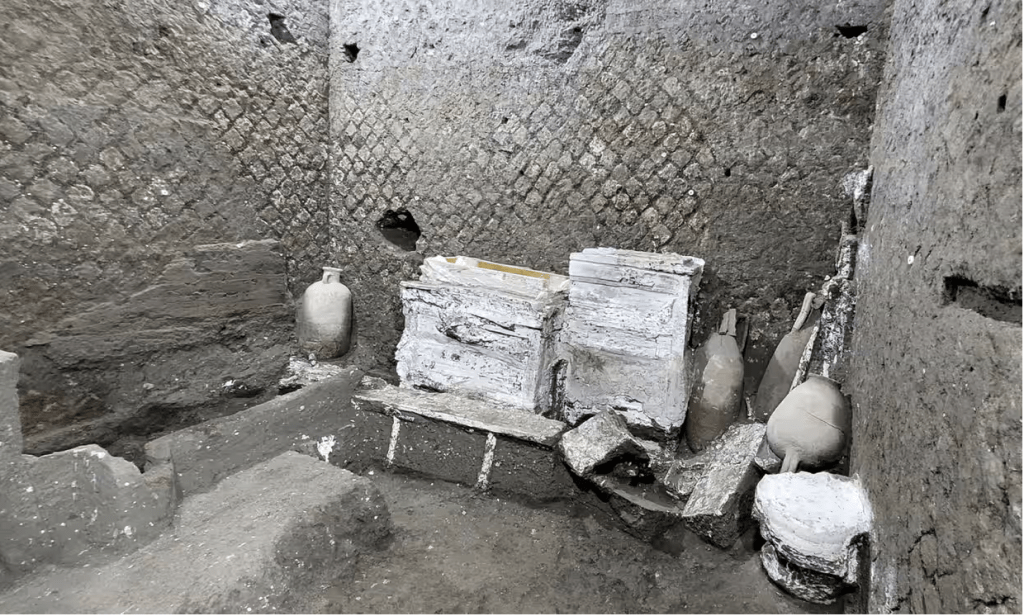UNESCO Resumes Preservation of Endangered Heritage Sites in Bamiyan, Afghanistan
An UNESCO initiative in the imperiled heritage sites of Bamiyan, Afghanistan, has resumed after its sudden pause following the Taliban takeover in 2021.
The Italian-funded project is focused on preserving Bamiyan Valley, whose cultural landscape and archaeological remains were placed on UNESCO’s World Heritage in Danger list in 2003. The area contains numerous wall paintings and religious relics from the 3rd to the 5th century C.E.
The project’s goals include strengthening the infrastructure on the site and developing a long-term conservation plan, in the process providing generations of employment to the local community. Special attention will be given to the Bamiyan cliffs, a long rocky stretch of the central highlands of Afghanistan, and Shahr-i Ghulghulah, a fortress dating from the 6th to 10th centuries CE. Carved into the cliffs are numerous Buddhist artifacts, which once included a famed pair of seated Buddha statues that were destroyed by the Taliban in 2001.
“The Bamiyan Valley is the most monumental expression of the western Buddhism. It was an important center of pilgrimage over many centuries,” UNESCO wrote in its citation. “Due to their symbolic values, the monuments have suffered at different times of their existence, including the deliberate destruction in 2001, which shook the whole world.”
Following the Taliban takeover, international funding to Afghanistan was immediately halted, including development and humanitarian aid. Meanwhile the country’s heritage was largely left undefended from damage and looting. In several statements, Unesco appealed for precautions to safeguard the region’s historical artifacts from the organization, given their “well-documented” cultural destruction.
UNESCO operates in the country within the perimeters of the Transitional Engagement Framework (TEF), a strategic planning document for its assistance in the country implemented in 2022. The plan prioritizes humanitarian aid and the preservation of local heritage but restricts any legitimization of the Taliban regime.
In addition to Bamiyan, UNESCO is currently engaged in the preservation of the Minaret and Archaeological Remains of Jam, a World Heritage site in western Afghanistan; and sites in Zabul, Kandahar, Kabul and Ghazni.



